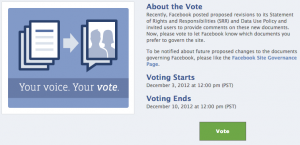It’s been awhile, hasn’t it?
Reader, I changed my life. I launched this website several years ago with the hopes of staking out enough of a claim on the internet to change careers. I spent nearly a decade doing traditional and digital marketing within the music industry, as a record label, then as a distributor, and finally as artist management. What I really wanted was to connect people with an idea and a dream to the things that make those ideas and dreams manifest. I have helped musicians, mortgage brokers, small to medium to enterprise businesses, and fitness professionals (among others) make their websites and digital marketing work for them, generating opportunities for them while they sleep. Because I was an employee of an agency for much of this work, I don’t have the ability to add most of them to my personal portfolio.
I’ve also been hosting the OC WordPress design meetup, where we meet once a month on a Monday night to talk about concepts in design. We’re one of four discussion groups in Orange County, CA, and I hope you check us out and come to the meeting that best fits your interests!
After 3 years at the agency, I moved on to be a product manager at a software company, where I love identifying the solutions our customers need and creating plans to build those solutions. But, this means I don’t get to do much with the thing that made all this possible in the first place: WordPress.
So, I’m getting back in the game, because it means I can do something I love and help people at the same time. I changed my life with WordPress; how can I help change yours?


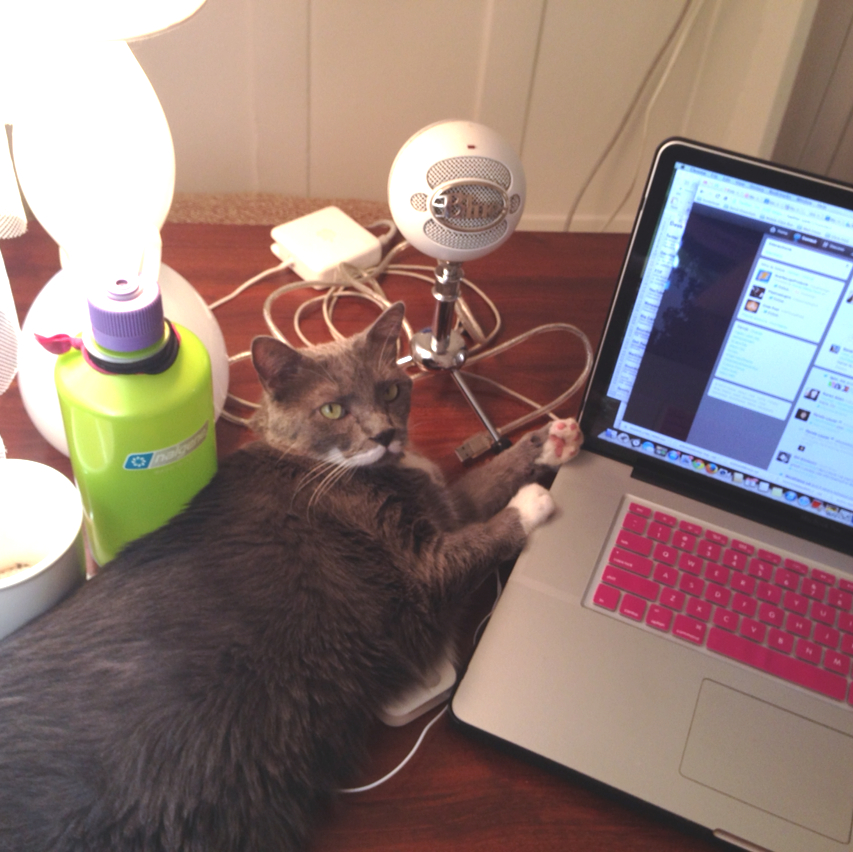
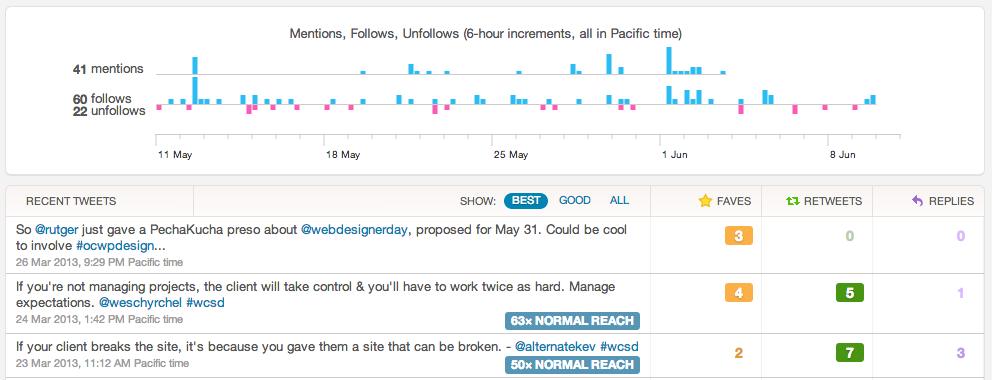
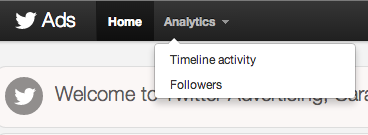
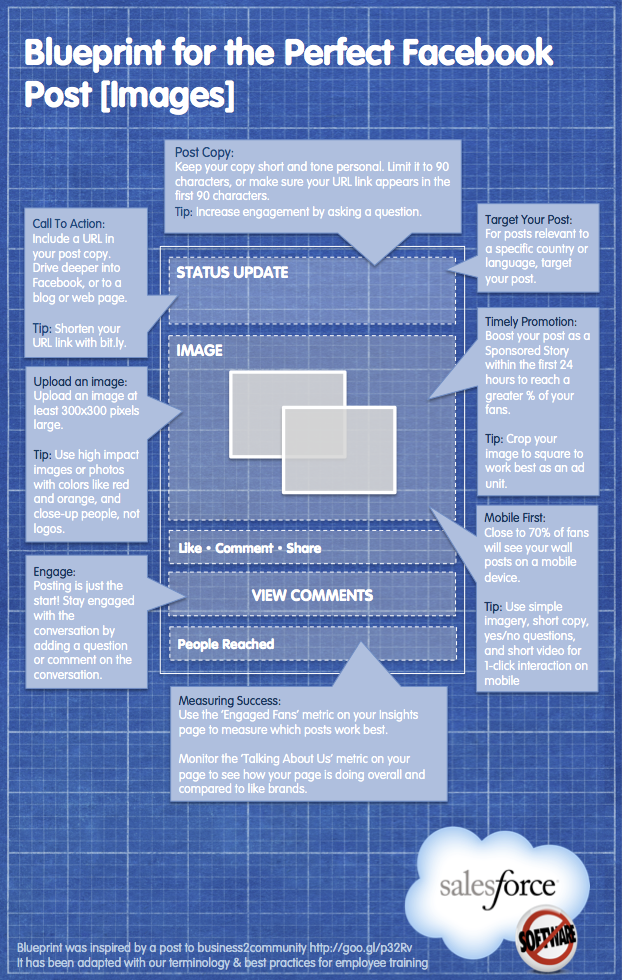
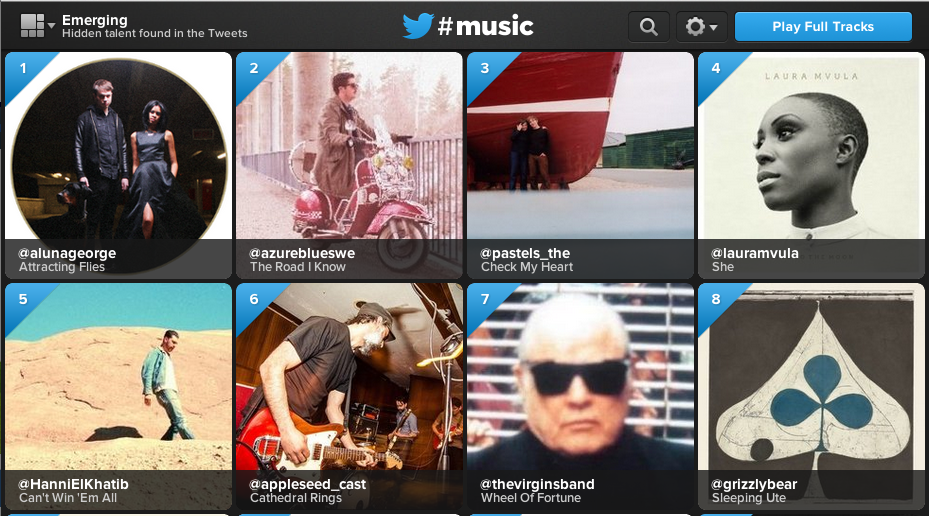
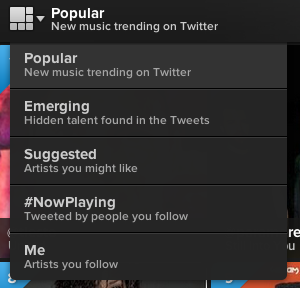

 Bear with me a moment for some backstory: We’ve been getting a robocall repeatedly at the office to alert us how our Google+ page hasn’t been claimed yet, so we’re missing out on foot-traffic to our business. We’re an office, so foot-traffic isn’t something we’re looking for. I can’t quote the narrated description verbatim, but it’s clearly worded to make it seem like the calls are coming from Google. Being an internet professional, I know the only time I’ve ever gotten a phone call from Google was about advertising and not about G+; immediately, this does not pass the smell test for me. I’ve been dialing 9 or whatever number they say to be removed from the list, but the calls keep coming. Finally, this morning, I’d had it. I wanted to speak to a representative and find out for sure what was up with these calls.
Bear with me a moment for some backstory: We’ve been getting a robocall repeatedly at the office to alert us how our Google+ page hasn’t been claimed yet, so we’re missing out on foot-traffic to our business. We’re an office, so foot-traffic isn’t something we’re looking for. I can’t quote the narrated description verbatim, but it’s clearly worded to make it seem like the calls are coming from Google. Being an internet professional, I know the only time I’ve ever gotten a phone call from Google was about advertising and not about G+; immediately, this does not pass the smell test for me. I’ve been dialing 9 or whatever number they say to be removed from the list, but the calls keep coming. Finally, this morning, I’d had it. I wanted to speak to a representative and find out for sure what was up with these calls.



